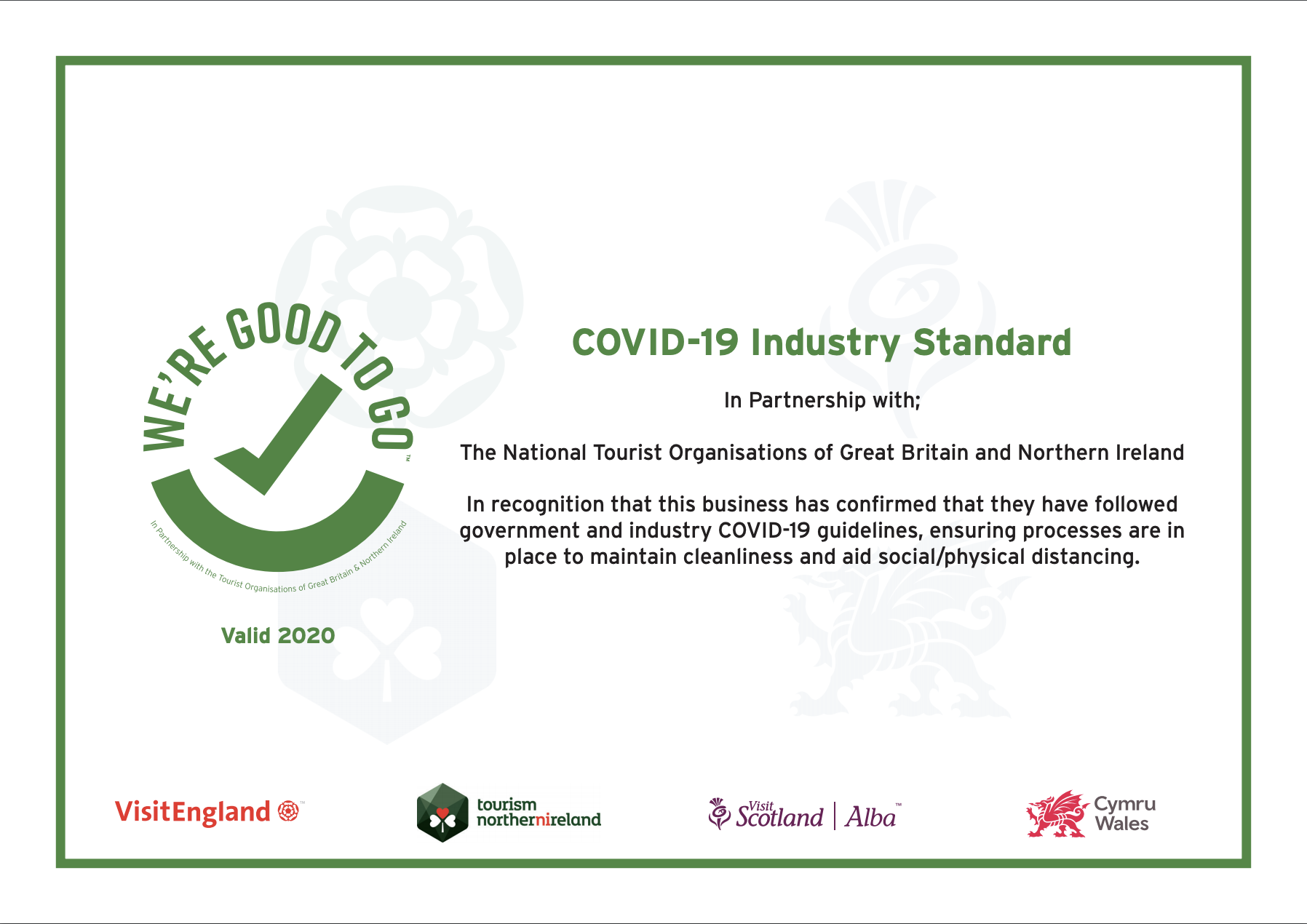History and Heritage
Islay history is a fascinating field to explore. Arrowheads dating back to 10,800 BC, a Celtic cross dating to 800 AD, fabulous historic buildings and much more…
Islay – an island steeped in wonderful Scottish history…
This magical island swims with ghosts of the past. Finds on the island indicate that Islay was inhabited as early as 8000 BC. Islay’s history will have you wanting to know more and more about the past inhabitants and their way of life. Read on to find out more…
Step back into the Stone Age
Mesolithic Era – The Middle Stone Age (Starts 8000 BC, 15,000 years ago):
Artefacts found on Islay, including stone tools and bones, are believed to date back to the Mesolithic era. This is a prehistoric period that lasted 4,000 years after the last ice age! For example, if you were living at this time you would be out hunting and gathering from the island around you. You will be eating meat, fish, nuts, fruits and berries and be using the weapons you make from the materials available from the land for hunting. Harder stone, such as flint, was sought after at this time as it was known you could sharpen this material to hunt with.
Neolithic Era – The New Stone Age (Starts 4,000 BC, 11,000 years ago):
As a result of Islay’s improving climate, the land became more fertile. This is when the first farmers inhabited the island. Neolithic times, therefore, brought with it the knowledge of farming lands and agriculture. How to collect crops, domesticate animals and later grow from seed are all learned in this era. Tombs, remains of houses, stone tools, unearthed middens and pottery are all artefacts found on Islay from this time.
Bronze Age – Starts 2,000 BC
Many standing stones pepper Islay’s lands. These stones vary in size from 1.5 meters to 4 meters tall. and usually have two flat sides or faces. In fact, the direction of the flat face directs you to look towards the point of interest. These stones date back to Early Bronze Age and can be seen in many locations on Islay. Ballinbay Standing Stones sit North East of Saligo Bay. Also home to these magnificent structures are Port Ellen, Finlaggen, Claggain Bay, Scarrabus and Uiskentuie.
Iron Age – Starts 800 BC
Up to the present time, the Iron Age has not been heavily researched and little is known about this era on the island. Nonetheless, there is an Iron Age fort occupying a prominent crag. At 375 square meters at Dun Nosebridge it commands the views of the landscape is well worth a visit.
So much more to explore…
Furthermore, there are many ancient Christian sites, Viking findings, stories of Scottish Wars and the rivalry between the Macdonald and Campbell Clans and much more. This is only a snippet of the history of the island but you can find out more here if you are itching for more information. Alternatively, if you are visiting the island and this has sparked your interest, the Museum of Life in Port Charlotte is well worth a visit. Here you can see many of the aforementioned artefacts and step through time with the exhibits on display. Below is a list of historical places worth a visit if you plan to visit and explore the history of Islay:
- Explore the Round Church in Bowmore, built in 1767 and situated at the head of Main Street. It towers over the village and is open to visitors.
- Finlaggan is the former palace of the Lords of the Isles. There is a small museum and a causeway to the island which makes a great experience.
- Kildalton Cross is the only surviving complete Celtic High Cross in Scotland. Dating from about 800AD, it stands beside the preserved church, with a smaller cross nearby
- Dunyvaig Castle was the later seat of the MacDonalds at Lagavulin
- Kilnave Church and Cross and the nearby site of the battle of Traigh Gruinart
- Kilchoman Churchyard has many interesting gravestones, reputedly including McLean of Duart who was killed at the battle of Traigh Gruinart
- The monument at the Oa commemorating sailors who drowned in the wrecks of the Tuscania and the Otranto during the First World War
- Cultoon stone circle on the road from Portnahaven to Kilchiarn
- There are the remains of a Neolithic settlement on the beach near Ardnave Point
- Islay House, the home of the Campbell Lairds of Islay from the 17th century until 1848. It is now a private house, however.
- There are a multitude of standing stones and abandoned settlements around the island that make for great discovery
Looking for somewhere to stay?
If you are planning any holidays on this beautiful island and you are looking for somewhere to stay, our cosy and comfortable self-catering accommodation on Islay is perfect for a relaxing retreat. Here you are surrounded by the historical lands of Islay and its artefacts and close by to much more. Get in touch with us today on 07880 706 356 or email us here. Escape back in time with us here at Islay Cottage
Click here to chat






